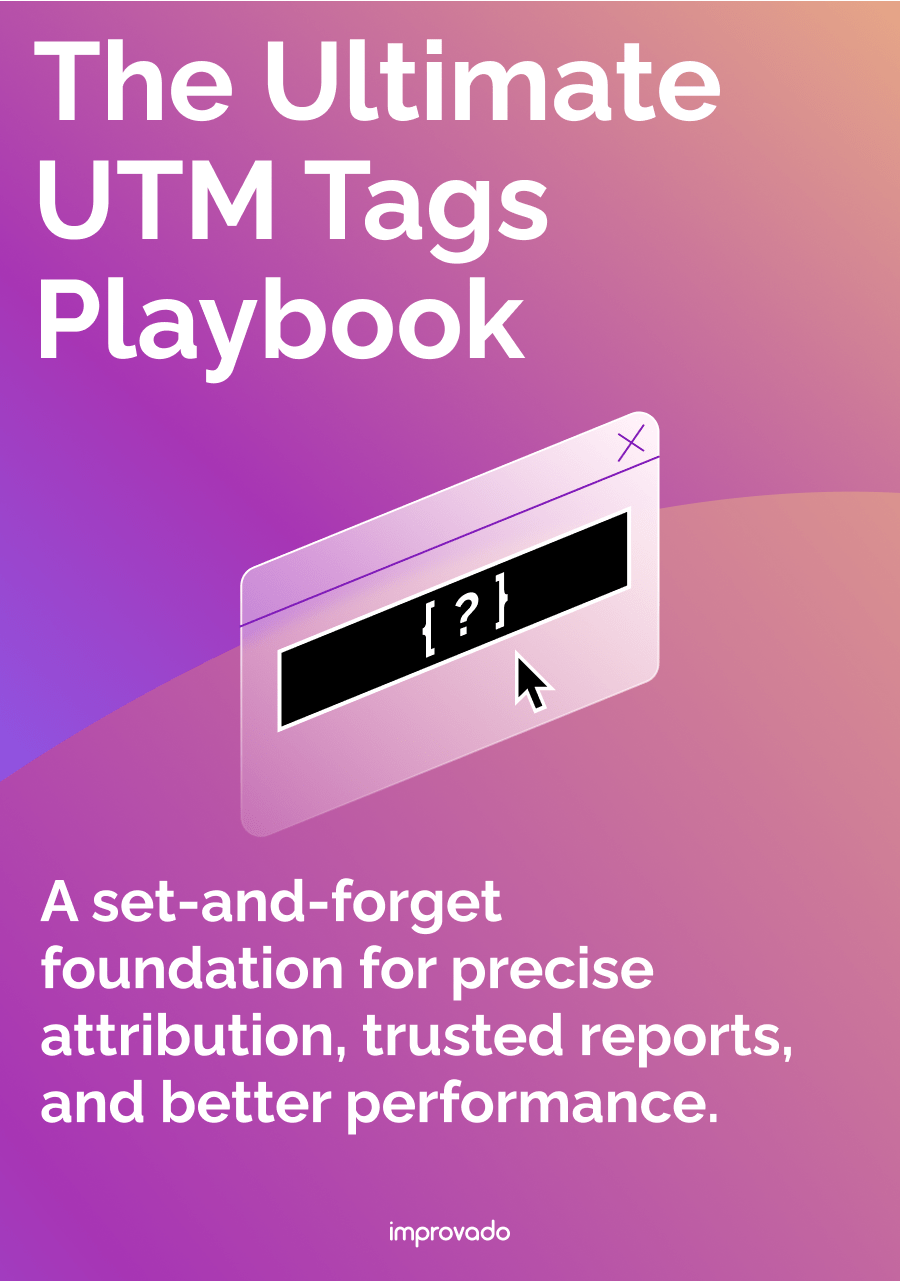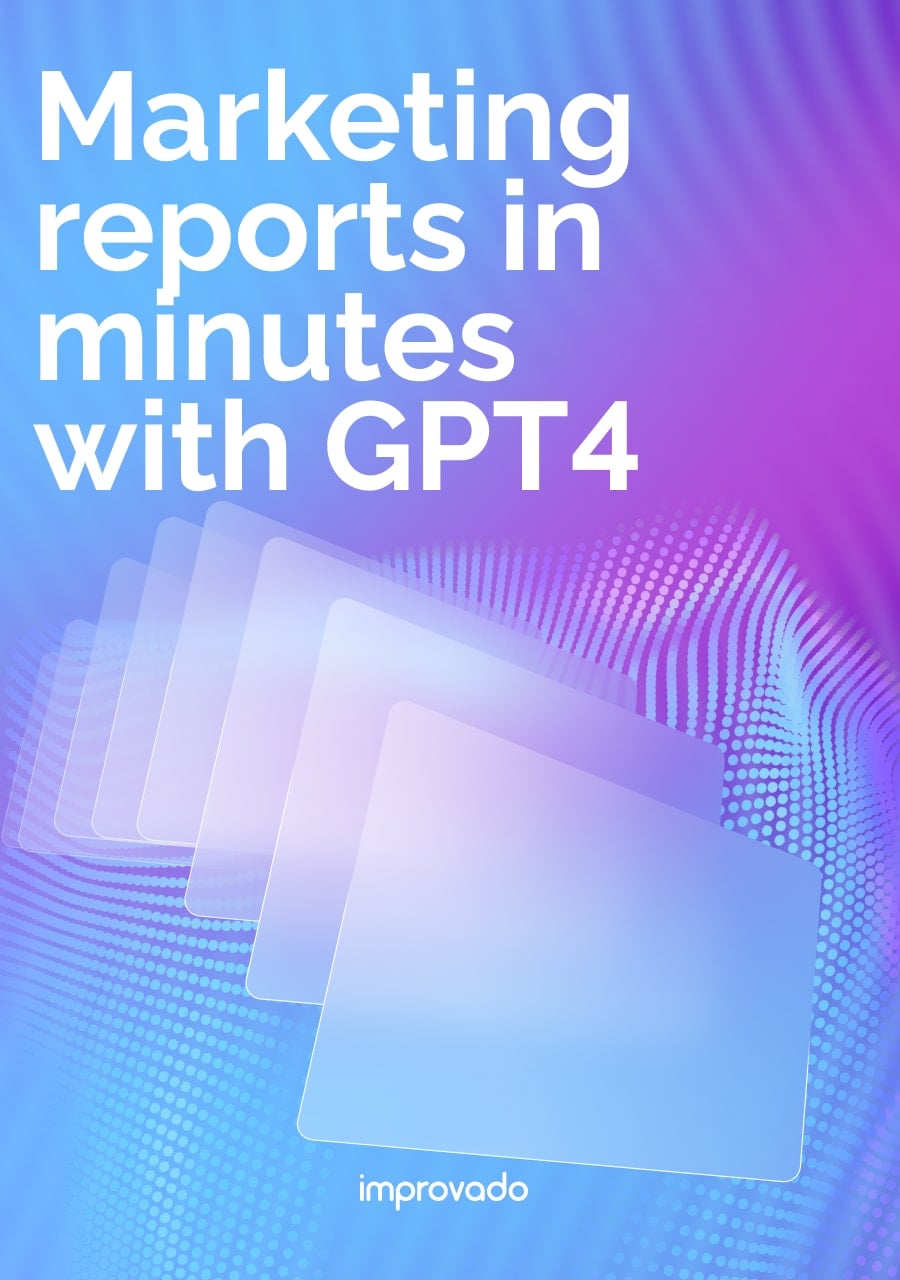As data ecosystems grow, so do the challenges of unifying information from fragmented sources. Inconsistent structures, manual handoffs, and brittle integrations often lead to delays, errors, and limited trust in reporting. Without a strong ingestion strategy, scaling analytics becomes costly and unsustainable.
This guide outlines how to build reliable, scalable ingestion pipelines. It covers key architectural principles, automation strategies, and governance practices needed to ensure data flows seamlessly, remains accurate, and can support advanced analytics as demands evolve.
What Is Data Ingestion?
Two clarifications that avoid common confusion:
- Ingestion is not the same as integration. Ingestion moves data. Data integration combines and reconciles it into a unified model for use. Many teams conflate the two, then wonder why reporting never aligns.
- Ingestion is not ETL. ETL includes extraction and loading, but its focus is transforming into analytics-ready schemas. Ingestion may perform light normalization, but transformation depth is a separate concern.
Data Ingestion Process
A durable ingestion process looks simple on a whiteboard and unforgiving in production. The core stages include:
- Source discovery and contracts: Inventory each data source, define entities, fields, ownership, cadence, and retention. Capture a lightweight contract that includes auth, expected schema, sample payloads, pagination or export rules, SLAs for freshness, and a change-management path for deprecations. Treat this as a living spec that gates production.
- Acquisition: Choose the pull or push method that matches your freshness target and error profile, then decide on batch, micro-batch, or streaming. Design for idempotency, retries with jitter, checkpointed resumes, and threshold-based backoff to survive transient failures and rate limits. Keep source-specific logic isolated so one change does not break all pipelines.
- Landing and persistence: Land raw data to a staging or raw zone first, then persist to curated stores. Plan partitioning by time and keys, compact small files, enforce write ordering, and tag datasets for lineage and access control. Separate raw, refined, and serving layers to enable safe reprocessing and backfills.
- Validation and schema handling: Validate completeness, types, ranges, uniqueness, and referential integrity at ingest time, then quarantine bad records. Version schemas and log every change, with alerts for added, removed, or renamed fields and for type changes that break compatibility. Build for forward and backward compatibility to reduce breakage when sources evolve.
- Checkpointing, deduplication, and delivery guarantees: Pick the right guarantee for each feed: at-most-once for noncritical telemetry, at-least-once with deduplication for most analytics, exactly-once for the few streams that demand it. Use stable keys for idempotent writes, sequence numbers or watermarks to order events, and time-bounded dedupe windows to keep late arrivals correct. Document replay and backfill procedures so recovery is predictable.
- Orchestration and monitoring: Coordinate runs with schedules, events, and queues, and design for retries, fallbacks, and manual reruns. Monitor pipeline health with lag, throughput, failure rates, data quality scores, and unit cost, and alert on breach of SLAs. Maintain runbooks and lineage so on-call responders can trace and fix issues fast.
Types of Data Ingestion
Choosing the right ingestion type comes down to freshness, cost, and complexity.
Most stacks mix several patterns so each dataset lands with the latency the business actually needs. The four you will use most are batch, micro-batch, streaming, and change data capture.
| Ingestion Type | When to Use | How It Works | Typical Use Cases |
|---|---|---|---|
| Batch | When data changes on a predictable schedule (hourly or daily) and cost efficiency is the priority. | Data is collected in bulk, stored in object storage, and then loaded into a data warehouse or data lake at scheduled intervals using jobs like COPY or file-based ingestion patterns. | Standard reporting, scheduled analytics updates, historical data loads. |
| Micro-Batch | When near real-time visibility is required without the infrastructure overhead of full streaming. | Small increments of data are automatically ingested as they arrive, reducing latency from hours to minutes. | Near-real-time campaign reporting, frequent operational updates. |
| Streaming | When business decisions rely on data that must be available within seconds. | Records flow continuously into the destination system with delivery guarantees and minimal latency. | Personalization engines, fraud detection, real-time performance monitoring. |
| Change Data Capture (CDC) | When database-level changes need to be replicated to analytics systems without full table reloads. | Tracks inserts, updates, and deletes from source transaction logs and applies them downstream in near real time. | Up-to-date reporting, incremental synchronization, reducing data transfer costs. |
Data Ingestion Methods
Pick the method that fits your freshness, reliability, and cost targets. Most teams use a mix so each dataset lands with the latency and guarantees it actually needs.
- Pull via APIs: Schedule reads and design for pagination, rate limits, and partial failures. Use Link headers for paging, conditional requests to avoid re-pulling unchanged data, and exponential backoff with jitter for retries. Make writes idempotent so retried calls do not duplicate work
- Push via webhooks: Accept near real time events from providers and assume duplicates will occur. Verify signatures, enforce idempotency with stable event IDs, and implement a retry policy plus dead-letter handling for poison messages. Log payload versions so you can evolve gracefully without breaking consumers.
- File-based loading: Land CSV, JSON, or columnar files in object storage, then load into analytics stores on a schedule or trigger. Partition by time and keys, compact small files, and track manifests to make ingestion atomic and re-runnable. Favor efficient formats like Parquet to cut storage and scan costs.
- Streaming events: Continuously ingest records when decisions depend on data in seconds. Build around event time, late data, and watermarks so aggregates remain correct even when messages arrive out of order. Document delivery guarantees and backpressure behavior so operators know how the system degrades under load.
- Change data capture: Mirror inserts, updates, and deletes by taking an initial snapshot, then tailing source change logs to stay current. Preserve ordering per key, use idempotent upserts, and choose the right delivery semantics for the downstream workload. Track schema changes so column adds, renames, and deletes do not silently corrupt history.
| Method | Typical Use Cases |
|---|---|
| Pull via APIs | Scheduled collection from SaaS platforms or ad networks; incremental updates to avoid re-pulling unchanged data; pipelines that handle pagination, rate limits, retries, and partial failures for marketing or product analytics. |
| Push via Webhooks | Near real-time event delivery from providers (payments, marketing platforms, CRMs) for immediate updates like campaign changes, transactions, or customer actions. |
| File-Based Loading | Bulk ingestion of CSV/JSON/Parquet from vendors or internal teams into object storage, followed by scheduled or triggered loads into warehouses/lakes; common for historical backfills or daily reporting updates. |
| Streaming Events | Continuous, low-latency processing for personalization, fraud detection, and operational monitoring where decisions must be made within seconds. |
| Change Data Capture (CDC) | Keeping analytics stores in sync with operational databases by replicating inserts, updates, and deletes without full reloads; e.g., customer profiles, orders, and attribution data. |
Data Ingestion vs. Data Integration
Data ingestion and data integration are closely connected but serve very different roles in a modern analytics ecosystem. Ingestion is about reliably moving data into a centralized environment, while integration focuses on transforming that raw data into a consistent, analytics-ready foundation.
Think of ingestion as the transport layer, responsible for getting data from point A to point B efficiently, and integration as the semantic and structural layer, ensuring that data is accurate, aligned, and actionable for reporting, machine learning, and operational systems.
Data ingestion
- Purpose: Rapidly and reliably move raw data from source systems into a centralized environment, such as a data lake or warehouse, while preserving fidelity and lineage.
- Scope: Covers pipelines using APIs, file-based transfers, streaming events, and change data capture (CDC). The goal is to land datasets in a raw or staging zone with minimal transformation, ensuring downstream systems receive complete and timely data.
- Outputs: Raw or lightly standardized datasets, often partitioned by time or source system, ready for enrichment, modeling, or integration.
- Success Metrics:
- Data freshness and latency (e.g., near real-time vs. hourly loads)
- Completeness of records and events
- Throughput and scalability as volumes grow
- Reliability and cost-efficiency of data delivery
Data integration
- Purpose: Combine, reconcile, and harmonize ingested datasets into unified, analytics-ready structures that support business intelligence, advanced analytics, and operational workflows.
- Scope: Includes entity resolution, conformed dimensions, application of business rules, and the creation of a semantic layer to standardize metrics and definitions across teams.
- Outputs: Curated, governed data models that BI tools, machine learning pipelines, and applications can trust for decision-making.
- Success Metrics:
- Consistency of metrics across systems and teams
- Accuracy of joins and relationships between entities
- Correct application of business logic and governance rules
- Auditability and traceability for compliance and debugging
Data Ingestion vs. ETL
Data ingestion and ETL/ELT are another set of closely related terms that serve fundamentally different purposes in a modern data architecture.
Ingestion is movement-centric, focused on reliably transferring data from diverse sources into centralized storage. ETL and ELT are transformation-centric, focused on shaping the ingested data into structured, analytics-ready formats.
These processes are complementary, not interchangeable: ingestion establishes the raw data foundation, and ETL/ELT applies the rules and modeling needed to make that data meaningful and actionable.
| Aspect | Data Ingestion | ETL / ELT |
|---|---|---|
| Role | Extracts and loads data from source systems into a central lake or warehouse with minimal or no transformation. | Transforms raw data into analytics-ready schemas with business logic, standardized dimensions, and calculated metrics. |
| Primary Focus | Movement-centric: fast, reliable delivery of raw data. | Transformation-centric: shaping and modeling data for reporting, analytics, and governance. |
| When to Use |
|
|
| Approach | Moves raw data via APIs, files, streams, or CDC into a raw or staging zone. |
|
| Key Metrics (KPIs) |
|
|
AI Data Ingestion
Artificial intelligence is beginning to reshape how modern data pipelines are designed, monitored, and scaled. While AI can automate repetitive tasks and accelerate issue detection, it cannot compensate for poorly defined data contracts, weak governance, or missing lineage.
Strong fundamentals must be in place first.
Below are three areas where AI is delivering real, near-term value in data ingestion.
1. Automated field mapping and harmonization
AI models can analyze incoming datasets and recommend joins, mappings, and naming standardization across disparate systems such as paid media platforms, web analytics, and CRMs.
This reduces manual work in aligning inconsistent schemas, taxonomies, and dimensions.
- Practical example: Improvado's Naming Convention Module splits campaign names into structured parts (like geo, platform, objective) and validates each part against a dictionary of allowed values. The platform offers AI-powered suggestions to correct inconsistencies and allows users to approve fixes before syncing clean names back to ad platforms like Google Ads, Meta, and TikTok, in one click.
- Value: The system continuously audits naming, flags violations instantly, and enforces alignment across dashboards, ad platforms, and data warehouses.
2. Anomaly detection and schema drift alerts
AI-driven monitoring models can proactively detect anomalies and structural changes at the ingestion layer, helping teams catch issues before they propagate downstream.
Common flags include:
- Sudden spikes in null values or missing fields.
- Unit mismatches, such as revenue reported in different currencies without metadata changes.
- Schema drift, where new columns are added or existing ones are renamed without notice.
This enables early intervention, reducing costly reprocessing and avoiding corrupted analytics layers.
Note: AI is most effective when data governance practices are strong, clean contracts and lineage are prerequisites for meaningful automated monitoring.
3. Agentic connectors and API mediation
As AI agents begin to autonomously interact with APIs and generate machine-driven traffic, ingestion layers need to evolve for new governance challenges.
Intent-aware API mediation should differentiate human activity from agent activity, applying separate logging, rate limits, and access policies.
Clear governance ensures:
- Visibility into autonomous ingestion behavior.
- Prevention of runaway API calls or cost escalations.
- Enforcement of data usage policies in compliance-heavy environments.
4. AI in enterprise DataOps
Beyond individual ingestion tasks, enterprise IT teams are leveraging AI and knowledge graphs to automate higher-order operational workflows.
Key areas of impact include:
- Automated integration runbooks: AI agents can execute repetitive operational tasks such as pipeline restarts, configuration updates, and dependency checks. These tasks, traditionally handled by engineers, are now orchestrated automatically based on predefined rules and historical patterns, reducing the chance of human error.
- Intelligent pipeline triage: During failures or performance degradations, AI systems can analyze logs, lineage metadata, and recent schema changes to predict the most likely root cause. Instead of manually digging through logs, teams receive contextual insights and recommendations on next steps, significantly decreasing mean time to resolution.
- Incident escalation and response orchestration: AI can dynamically route incidents to the appropriate team or system based on impact, priority, and historical resolution data. It can also trigger remediation playbooks automatically, such as pausing downstream jobs when upstream ingestion fails, or rolling back schema changes to protect data integrity.
Data Ingestion Challenges
Even clean diagrams hide messy realities in production. Ingestion breaks in boring ways that quietly corrupt metrics, so treat these as design constraints, not afterthoughts.
1. Schema drift
Upstream sources add, remove, or rename fields without notice, and semi-structured payloads change types midstream.
Solution: Guard against this with explicit contracts, schema inference only at the edges, versioned mappings, and alerting when unexpected columns appear. Plan roll-forward and roll-back behavior so pipelines degrade gracefully instead of failing silently.
2. Rate limits and API instability
Sources return HTTP 429 when you call too fast, and deprecations or pagination quirks can surface suddenly.
Solution: Implement backoff with jitter, honor Retry-After, cache unchanged slices, and design incremental syncs that resume from checkpoints after failures. Track upstream version changes and isolate connector logic so one breaking change does not ripple across your warehouse.
3. Late and out-of-order data
Network hops and client clocks ensure events do not arrive in order.
Solution: Build around event time, watermarks, and lateness windows so aggregates stay correct when stragglers show up. Keep business tolerances explicit, for example hold windows open for N minutes, then apply corrections via retractions or compensating updates.
4. Exactly-once delivery and deduplication
End-to-end exactly-once is achievable but expensive, and most teams only need it for a subset of streams.
Solution: Prefer idempotent writes keyed by natural or surrogate IDs, add transactional boundaries where correctness demands it, and default the rest to at-least-once with downstream deduplication. Measure the latency and cost you pay for stronger guarantees before making them the default.
5. Operational cost
Millions of tiny files and chatty micro-batches drive storage requests and metadata overhead through the roof.
Solution: Consolidate small objects, size batches sensibly, and align partitions to query patterns to keep compute and I/O in check. Treat file count and average object size as first-class SLOs for ingestion.
6. Security and compliance
Encrypt in transit and at rest, rotate and vault secrets, and log access with enough detail to support investigations.
Solution: Align controls to recognized baselines and make auditability a pipeline feature, not a ticket after an incident. Redact sensitive fields early at the ingestion edge so they never spread downstream.
Data Ingestion Best Practices
Reliable data ingestion pipelines are the foundation of scalable analytics and trustworthy insights. Following best practices helps ensure data remains accurate, efficient to process, and resilient as systems grow and evolve.
Below is a comprehensive list of key principles to guide pipeline design and operations.
- Define data contracts first: Document sources, authentication, field definitions, update cadence, and SLAs before building pipelines.
- Use incremental loads: Prefer CDC or change pointers over full reloads to minimize compute costs and reduce system load.
- Unify batch and streaming logic: Standardize transformations and validation using frameworks like Apache Beam or Dataflow.
- Plan for schema drift: Anticipate column changes by enabling schema drift handling and logging updates in a central catalog.
- Automate observability: Set up alerts for data freshness, volume anomalies, schema changes, and null spikes, tying them directly to incident response workflows.
- Optimize file management: Avoid small, fragmented files, align partitioning with query patterns, and compact files in efficient formats like Parquet or ORC.
- Separate raw and curated zones: Land unmodified data in a staging area first, then transform it into trusted, analytics-ready datasets.
- Balance latency and cost: Use real-time streaming only where required; default to batch or micro-batch for most pipelines to control infrastructure spend.
- Track lineage and metadata: Maintain detailed lineage and metadata for every dataset to support compliance, debugging, and impact analysis.
- Validate at every stage: Implement field-level validations and anomaly checks throughout the pipeline to catch errors early.
- Manage access and governance: Enforce role-based access control, log activity, and align with compliance frameworks like SOC 2 or GDPR.
- Version control for pipelines: Store pipeline configurations and transformations in version-controlled repositories for rollback and auditing.
- Plan for scalability: Design ingestion workflows to handle growth in data volume and new sources without major rework.
- Document everything: Provide clear documentation for pipelines, data sources, and error handling to reduce operational bottlenecks.
- Regularly review SLAs and usage: Continuously reassess SLAs and ingestion patterns to align freshness and cost with actual business needs.
Reliable Data Pipelines Without the Headaches with Improvado
Managing data ingestion in-house often means constant maintenance, broken pipelines, and endless firefighting when APIs change or fail. Each new source adds complexity, driving up costs and slowing teams down. The result is less time spent on analytics and strategy, and more time spent troubleshooting and rebuilding.
Improvado takes the pain out of data ingestion with 500+ fully managed connectors and automated workflows. It handles API limits, schema changes, retries, and incremental syncs behind the scenes, ensuring data flows smoothly into your warehouse or BI tools.
Beyond ingestion, Improvado also streamlines data transformation, standardizing naming conventions, applying business rules, and delivering harmonized, analytics-ready datasets without additional engineering effort.
Stop managing fragile pipelines and start focusing on insights that drive growth. Book a demo to see how Improvado can simplify your data ingestion and transform how your team works with data.
.png)




.png)
